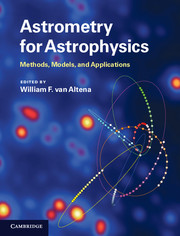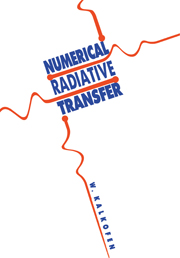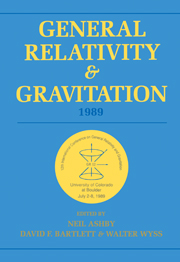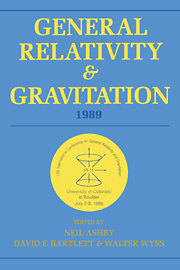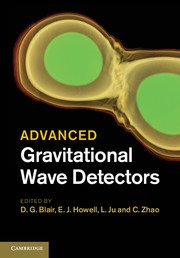Astrometry for Astrophysics
The field of astrometry, the precise measurement of the positions, distances and motions of astronomical objects, has been revolutionized in recent years. As we enter the high-precision era, it will play an increasingly important role in all areas of astronomy, astrophysics and cosmology. This edited text starts by looking at the opportunities and challenges facing astrometry in the twenty-first century, from space and ground. The new formalisms of relativity required to take advantage of micro-arcsecond astrometry are then discussed, before the reader is guided through the basic methods required to transform our observations from detected photons to the celestial sphere. The final section of the text shows how a variety of astronomical problems can be solved using astrometric methods. Bringing together work from a broad range of experts in the field, this is the most complete textbook on observational astrometry and is ideal for graduate students and researchers alike.
- Provides a thorough introduction to astrometry, making it ideal for students with no prior background in the subject
- Organized for use on a one-semester course that can be easily integrated into an astrophysics curriculum
- Shows how a variety of astronomical problems can be solved using astrometric methods, serving to highlight astrometry's crucial role in the future of modern astrophysics
- Written by worldwide experts in the field
Reviews & endorsements
'… there are some very good chapters included, giving detailed overviews of relativistic effects, interferometry, diffraction-limited imaging, CCD image detectors, etc., which all have their relevance in the subject, and make the book a useful reference or starting point for more detailed reading.' The Observatory
Product details
November 2012Hardback
9780521519205
428 pages
253 × 193 × 23 mm
1.09kg
74 b/w illus. 18 tables
Available
Table of Contents
- Part I. Astrometry in the Twenty-First Century:
- 1. Opportunities and challenges for astrometry in the twenty-first century M. Perryman
- 2. Astrometric satellites L. Lindegren
- 3. Ground-based opportunities for astrometry N. Zacharias
- Part II. Relativistic Foundations of Astrometry and Celestial Mechanics:
- 4. Vectors in astrometry, an introduction L. Lindegren
- 5. Relativistic principles of astrometry and celestial mechanics S. Klioner
- 6. Celestial mechanics of the N-body problem S. Klioner
- 7. Celestial coordinate systems and positions N. Capitaine and M. Stavinschi
- 8. Fundamental algorithms for celestial coordinates and positions P. Wallace
- Part III. Observing through the Atmosphere:
- 9. The Earth's atmosphere: refraction, turbulence, delays and limitations to astrometic precision W. van Altena and E. Fomalont
- 10. Astrometry with ground-based diffraction-limited imaging A. Ghez
- 11. Optical interferometry A. Glindermann
- 12. Radio interferometry E. Fomalont
- Part VI. From Detected Photons to the Celestial Sphere:
- 13. Geometrical optics and astrometry D. Schroeder
- 14. CCD imaging detectors S. Howell
- 15. Using CCDs in the time-delayed integration mode D. Rabinowitz
- 16. Statistical astronomy A. Brown
- 17. Analyzing poorly-sampled images: HST imaging astrometry J. Anderson
- 18. Image deconvolution J. Nuñez
- 19. From measures to celestial coordinates Z. H. Tang and W. van Altena
- 20. Astrometric catalogs: concepts, history and necessity C. López
- 21. Trigonometric parallaxes F. Benedict and B. McArthur
- Part V. Applications of Astrometry to Topics in Astrophysics:
- 22. Galactic structure astrometry R. Méndez
- 23. Binary and multiple stars E. Horch
- 24. Binaries: HST, Hipparcos and Gaia D. Pourbaix
- 25. Star clusters I. Platais
- 26. Solar System astrometry F. Mignard
- 27. Extrasolar planets A. Sozzetti
- 28. Astrometric measurement and cosmology R. Easther
- Appendices
- Index.

